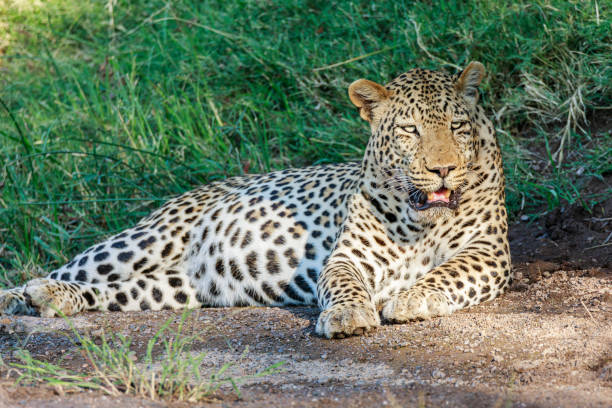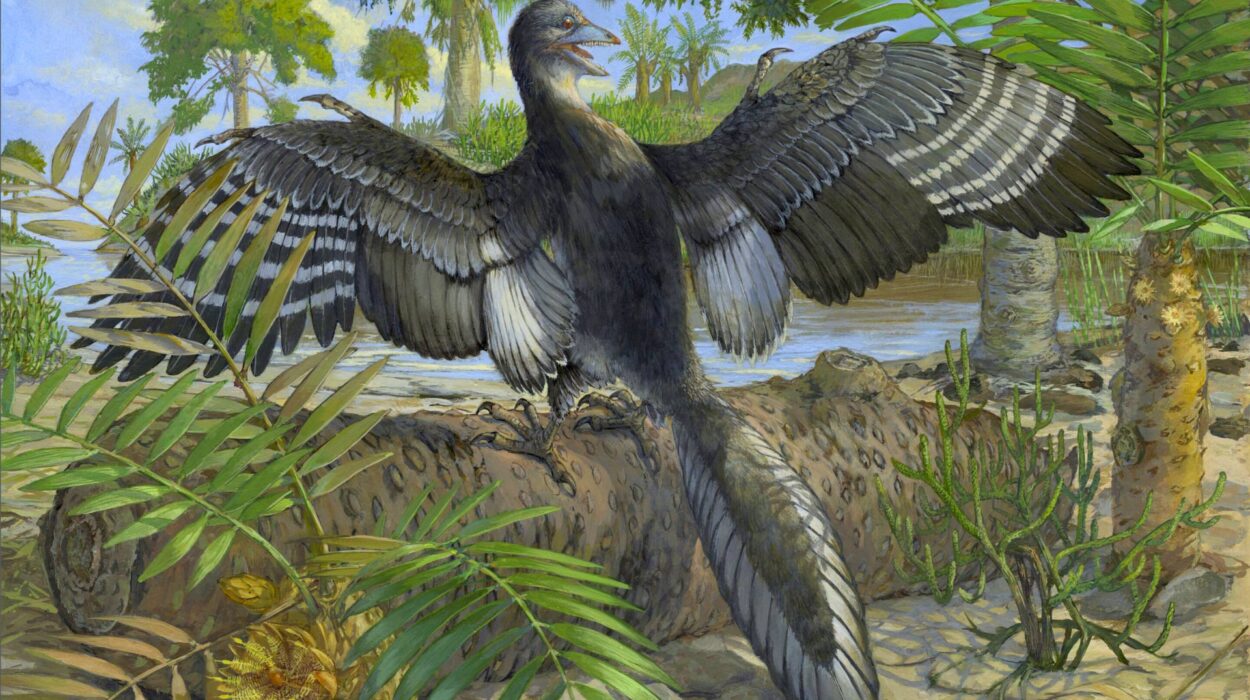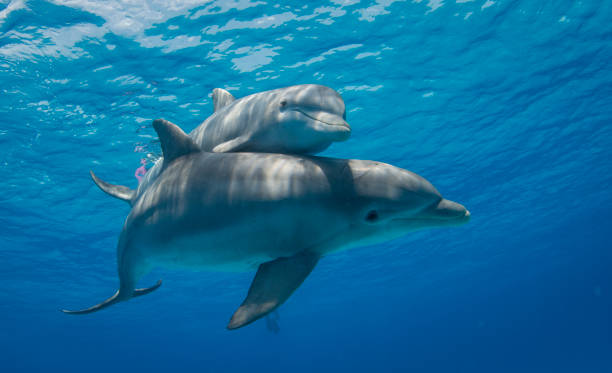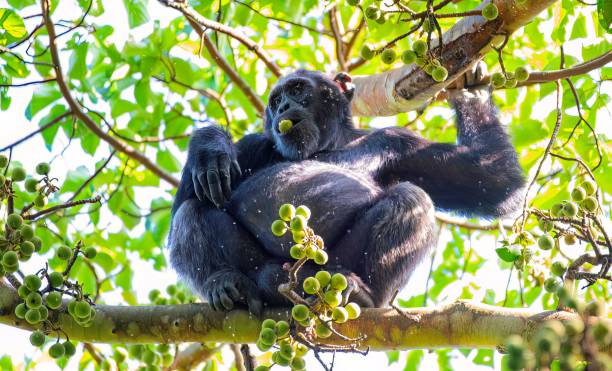Among all the big cats that roam the wild, lions and leopards stand out not only for their power and grace but for their strikingly different hunting strategies. Both belong to the genus Panthera and share many biological features, yet their social structures, environments, and survival tactics have diverged in fascinating ways. Lions are the only truly social cats, living and hunting cooperatively in groups called prides, while leopards are solitary hunters that rely on stealth and independence. Understanding why lions hunt in groups but leopards hunt alone reveals profound insights into evolution, ecology, behavior, and the physics of predation.
These differences are not arbitrary. They have evolved through millions of years of adaptation to unique ecological pressures. Lions, native to the open savannas of Africa, rely on teamwork to tackle large, fast, and powerful prey in vast, open landscapes where stealth alone is nearly impossible. Leopards, on the other hand, thrive in dense forests, rocky terrains, and semi-desert environments, where concealment and agility offer better survival advantages than cooperation.
The story of these two magnificent predators is not only one of biology but of environment, physics, and strategy. The speed, strength, intelligence, and even the social dynamics of each species are shaped by the land they inhabit and the prey they pursue.
The Evolutionary Background of Big Cats
To understand the distinct hunting styles of lions and leopards, it is important to trace their evolutionary origins. All big cats, including lions, leopards, tigers, and jaguars, share a common ancestor that lived approximately 6–10 million years ago. Over time, these species diverged and adapted to different habitats and prey types.
Lions (Panthera leo) evolved primarily in the open grasslands and savannas of Africa, environments dominated by large herbivores such as zebras, wildebeests, buffaloes, and antelopes. These prey animals are often found in herds and are capable of high-speed escapes. To catch such agile prey, lions needed a strategy that compensated for their lack of endurance and moderate speed compared to the fleet-footed herbivores. Cooperation provided the answer.
Leopards (Panthera pardus), in contrast, evolved to inhabit forests, woodlands, rocky hills, and mountainous terrain across Africa and Asia. Their prey is typically smaller—such as antelopes, monkeys, and birds—and their habitat provides ample cover for stalking. Unlike the open plains, forests offer concealment but limit visibility, making solitary ambush tactics far more effective than coordinated group hunts.
The divergence in their hunting styles is therefore a direct consequence of their evolutionary paths and the ecosystems they dominate.
The Social World of Lions
Lions are unique among big cats in their social behavior. They live in prides composed of related females, their offspring, and a small coalition of males. A pride can consist of anywhere between five and thirty individuals, depending on prey abundance and territory size. This social system is highly structured, with females forming the core group that cooperates in hunting, cub-rearing, and territorial defense.
Hunting in groups gives lions a distinct advantage in their open habitats. On the African savanna, prey animals can easily detect solitary predators due to the lack of dense cover. A lone hunter is often seen long before it can get close enough to attack. But a coordinated group can encircle or ambush a herd, cutting off escape routes and increasing the chances of a successful kill.
Female lions, who do most of the hunting, work together using silent communication—body posture, tail flicks, and eye contact—to coordinate attacks. They approach their prey from multiple angles, often positioning themselves strategically downwind to avoid detection. Once close enough, they launch a sudden sprint, capable of reaching speeds up to 50 miles per hour (about 80 km/h) for short bursts. While this is impressive, many prey animals can run faster or sustain their speed longer, so teamwork is essential.
A typical hunt involves several females driving the prey toward others lying in ambush. Once the prey is cornered, one or more lions make the final pounce, delivering a suffocating bite to the throat or muzzle. The kill is then shared among the pride, ensuring that even cubs and weaker members benefit from the collective effort.
The Solitary Existence of the Leopard
Leopards, in contrast, embody solitude. They are masters of stealth and patience, hunting alone to maximize their success. Their entire hunting strategy is based on secrecy and surprise. They rely on their remarkable ability to move silently and blend seamlessly with their environment. The leopard’s rosette-patterned coat provides perfect camouflage in dappled light, allowing it to stalk prey within meters without being noticed.
Unlike lions, leopards are not built for teamwork but for precision. A leopard typically hunts small to medium-sized prey—impalas, bushbucks, baboons, and even smaller animals like hares or birds. It approaches quietly, using cover to remain unseen, and then launches a sudden, explosive attack. Despite their relatively small size compared to lions, leopards are incredibly strong for their weight and can run at speeds of up to 58–70 miles per hour (93–112 km/h) in short bursts, although they rarely sustain such speeds. Their true strength lies not in running but in ambush.
Once a leopard makes a kill, it often drags the carcass up a tree to keep it safe from scavengers such as hyenas and lions. This remarkable behavior requires tremendous strength; a leopard can hoist prey heavier than itself into the branches, balancing it skillfully among limbs. This arboreal storage strategy not only ensures that the leopard can feed over several days but also highlights why it cannot afford to share its kill with others. Solitude minimizes competition and maximizes survival.
The Physics of the Hunt
Both lions and leopards are governed by the same physical laws, but their hunting methods apply these laws differently. The physics of motion, speed, and energy expenditure determine the most efficient way for each species to capture prey in its respective environment.
In open terrain, prey animals have the advantage of sight and distance. A lone predator has little chance of approaching without being spotted. For lions, group hunting allows them to increase the effective area of attack and create a pincer effect, where multiple vectors of motion converge on the prey. This tactic takes advantage of the geometry of pursuit, reducing the prey’s escape options and conserving the lions’ energy by distributing effort among several individuals.
In contrast, leopards hunt in environments that favor concealment over coordination. Their hunts are governed by the principles of stealth, friction, and acceleration. A leopard uses minimal movement to reduce noise and visual detection. Once it decides to attack, it converts potential energy (stored from crouching muscles) into kinetic energy in a sudden leap. The success of this strike depends on timing and angle rather than speed alone. In physical terms, the leopard’s hunting technique maximizes efficiency by optimizing force over distance, ensuring a powerful yet controlled impact.
While lions depend on cooperative geometry and group dynamics, leopards depend on physics of stealth and precision motion. These distinctions reflect how the same natural laws can produce different strategies through evolution.
Energy, Efficiency, and the Cost of Hunting
Predation is energetically expensive. For any predator, success depends on the balance between energy gained from food and energy spent in pursuit. Lions and leopards have evolved their hunting styles to maximize this balance within their respective ecosystems.
For lions, cooperation reduces the average energy cost per individual. By working together, the pride can take down larger prey that a single lion could not overpower. A buffalo or zebra can feed an entire pride for days, compensating for the energy expended in the hunt. However, hunting in groups also means sharing food, and dominance hierarchies determine who eats first—usually adult females and cubs, followed by males.
Leopards, hunting alone, cannot risk wasting energy on failed pursuits or dangerous prey. They target animals that can be killed swiftly, conserving energy. The solitary approach eliminates competition for the kill but increases vulnerability to theft by stronger carnivores. To counter this, leopards hide their kills in trees, ensuring long-term energy gain from a single successful hunt.
This energy-based distinction is fundamental: lions optimize energy through cooperation and scale, while leopards optimize it through stealth and efficiency.
Ecological and Environmental Influences
Habitat plays a decisive role in shaping hunting strategies. The African savanna, home to lions, is characterized by open grasslands and sparse vegetation. Prey animals form large herds for safety in numbers, relying on collective vigilance to spot predators. Under such conditions, a single hunter stands little chance of success. Group hunting enables lions to exploit the herd’s weaknesses, isolate targets, and surround them.
Leopards, however, inhabit more varied and enclosed environments—dense forests, riverine bush, and rocky outcrops. In these settings, visibility is limited, and prey are often solitary or in small groups. Here, stealth becomes far more effective than teamwork. Trees and vegetation provide natural cover for ambushes, and a solitary hunter can move quietly without alerting multiple animals.
These environmental differences have profound behavioral consequences. Lions developed social cooperation not because they were inherently social animals, but because the open landscape demanded it. Leopards retained solitary behavior because their habitat rewarded independence and stealth.
Communication and Coordination in Lions
The success of lion hunts depends on communication—subtle, silent, and efficient. Unlike human teams that rely on verbal coordination, lions use body language and non-verbal cues. The flick of a tail can signal readiness; ear movements can indicate direction; crouched postures reveal intent.
During a hunt, lions spread out and use the terrain strategically. Some act as drivers, chasing prey toward hidden ambushers. Others wait motionless until the right moment to strike. This level of coordination requires not only instinct but social intelligence—awareness of what other pride members are doing. Studies have shown that lions exhibit forms of tactical decision-making that resemble human planning on a basic level.
Leopards, being solitary, do not need such coordination. Their communication is limited to scent marking and vocalizations that define territory rather than teamwork. Each leopard maintains a defined range, avoiding unnecessary encounters with others except during mating.
Speed, Power, and the 70 mph Myth
It is often said that leopards can run at speeds up to 70 miles per hour, but this figure is exaggerated. While leopards are remarkably fast for their size, their top recorded speed is closer to 58 miles per hour (93 km/h) in very short bursts. They rarely rely on sustained speed, preferring close-range ambushes. Lions, too, can reach speeds around 50 miles per hour (80 km/h), but only for a few seconds.
In both species, speed alone is not the primary determinant of hunting success. Acceleration, agility, and timing are more crucial. A lion’s group strategy compensates for limited endurance, while a leopard’s sudden leap capitalizes on surprise. Cheetahs, another big cat species, are the true speed champions, reaching 70 mph—but unlike lions and leopards, cheetahs rely almost entirely on speed, not strength.
This illustrates how evolution tailors each species to a unique niche: lions for teamwork and power, leopards for stealth and precision, cheetahs for speed and pursuit.
Strength and the Physics of Power
While lions may be larger and heavier, leopards are proportionally stronger. A male lion can weigh up to 250 kilograms (550 pounds), while a male leopard averages 90 kilograms (200 pounds). However, leopards possess extraordinary muscle density relative to body size. Their compact frame allows explosive strength, enabling them to drag carcasses many times their weight into trees.
In physics terms, this is a matter of force per unit mass. Leopards produce high force outputs from smaller muscle groups, while lions generate distributed force through mass and momentum. Lions rely on teamwork and weight to subdue prey, while leopards depend on precision and power.
This balance of strength and agility explains their differing lifestyles. A lion’s size and cooperation are assets in open battles; a leopard’s strength and stealth are advantages in solitary ambushes.
Competition and Coexistence
Despite sharing similar territories in Africa, lions and leopards have learned to coexist through niche differentiation. Lions dominate open plains, while leopards prefer wooded or rocky habitats. However, their territories often overlap, leading to competition.
Lions, being larger and more powerful, frequently kill leopards that venture too close or threaten their food sources. Leopards, therefore, avoid lions by hunting at night or retreating into trees. This behavioral avoidance minimizes conflict and allows both species to thrive in the same ecosystem.
The difference in hunting strategies also reduces direct competition. Lions target large ungulates, while leopards specialize in smaller prey. This partitioning of resources is a classic example of ecological balance, where behavioral evolution ensures the survival of multiple apex predators in shared environments.
Intelligence and Behavioral Adaptation
Both lions and leopards exhibit remarkable intelligence, but their cognitive abilities manifest differently. Lions display social intelligence—understanding group dynamics, coordinating hunts, and maintaining relationships within the pride. Their social structure requires memory, recognition, and communication skills.
Leopards, conversely, excel in spatial and problem-solving intelligence. They navigate complex terrains, understand prey movement patterns, and adjust strategies based on environment. Their solitary life demands independence and adaptability. A leopard must know not only how to hunt but how to store food safely, avoid larger predators, and protect its territory.
This divergence in intelligence reflects the demands of their respective lifestyles: cooperation for lions, autonomy for leopards.
Reproduction and Social Structure
The reproductive strategies of lions and leopards also mirror their social differences. In lion prides, females synchronize breeding to rear cubs communally. They nurse and protect each other’s offspring, increasing survival rates. Males, often in coalitions, defend the pride’s territory and mate with multiple females.
Leopards, however, lead solitary reproductive lives. Females raise cubs alone, teaching them to hunt and survive until independence. Males play no role in rearing. Cubs learn early the art of stealth and caution—a necessary adaptation for survival without group protection.
The Role of Environment in Evolutionary Strategy
The contrasting hunting behaviors of lions and leopards are products of environmental adaptation over millions of years. Open savannas favored social predators that could coordinate attacks across visible distances. Forested and rugged habitats rewarded solitude and stealth.
This principle, known in evolutionary biology as ecological specialization, ensures that each species occupies its own niche, reducing competition and maximizing efficiency. The lion’s pride system evolved as a solution to the challenges of hunting large, fast prey in open spaces, while the leopard’s solitary nature emerged as an adaptation to dense habitats where individual stealth is the key to success.
The Future of Lions and Leopards
Today, both species face severe threats from human activity. Habitat loss, poaching, and conflict with humans are pushing their populations toward decline. As their environments shrink, the very strategies that ensured their survival for millennia—group hunting for lions, solitary hunting for leopards—are now being tested.
In areas where prey has diminished, lions struggle to maintain large prides, and leopards are forced closer to human settlements, often preying on livestock. Conservation efforts must therefore consider not only the biological needs of these predators but also their behavioral and ecological differences.
Conclusion
Lions and leopards represent two extraordinary outcomes of evolution—both perfectly adapted to their worlds, yet utterly distinct in strategy. Lions, the social hunters of the plains, embody power through unity. Their cooperative hunts reflect the triumph of teamwork in an environment where visibility and prey mobility demand coordination. Leopards, the silent hunters of the forests, exemplify the art of independence. Their survival depends on stealth, strength, and solitude.
Though both are apex predators, their hunting behaviors reveal the deep interplay between biology, physics, and environment. The lion’s pride demonstrates that unity can overcome strength, while the leopard’s solitary precision shows that silence can be mightier than numbers. Each species, in its own way, tells the story of life’s endless adaptability—the art of survival, written in the language of evolution.






